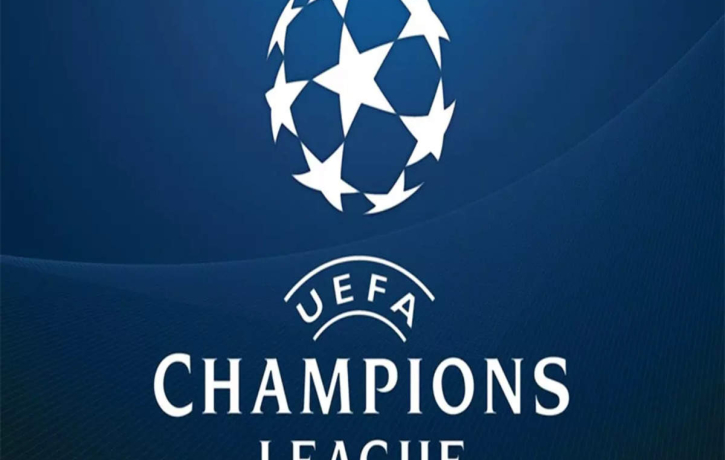Introduction
UEFA Champions League, The best club team in Europe is determined by a famous competition Champions League. The top teams compete in group stages, then knockout rounds, with a single match determining the winner.
One of the most watched sports events in the world, the Champions League has a rich history that dates back to 1955. Spanish teams are the best in the world; Real Madrid has won a record 14 titles.
Amazing achievements have been made in the competition, like as Manchester City's recent victory in the 2023 final and Bayern Munich's flawless season in 2019–20.
History
With Sunderland's victory over Hearts in the 1895 World Championship, European football competitions got underway. Early foundations were set by the Challenge Cup and Coupe Van der Straeten Ponthoz. Then came the Coupe des Nations and the Mitropa Cup. In 1955, the European Champion Clubs' Cup was created, drawing inspiration from the South American Championship of Champions.
1955–1967
There were sixteen clubs competing in the first European Cup in 1955–1956, including AC Milan, Real Madrid, and Stade de Reims. The first game between Sporting CP and Partizan ended in a 3-3 draw. Real Madrid defeated Stade de Reims 4–3 in the first final. Due to their supremacy, Real Madrid won five straight titles before being overthrown by Barcelona in 1960–61. The following seasons saw wins from Benfica and Inter Milan; in 1967, Celtic became the first British club to win the trophy.
1968–1982
Manchester United won the European Cup in 1968, making them the first English team to do it. Then in 1971 Ajax started a winning run that lasted three years. Liverpool won the championships in 1977 and 1978, and Nottingham Forest won the championships in 1979 and 1980. Aston Villa emerged victorious in 1982, but Liverpool secured another championship in 1981.
1982–1992
Liverpool won in 1983–84 after Hamburger SV ended English domination in 1982–83. In that order, the winners were Juventus, PSV Eindhoven, Steaua București, and Porto. Prior to Barcelona and Red Star Belgrade, Milan had won two titles. After the 1985 final, English clubs were prohibited because of the Heysel Stadium tragedy.
Anthem
Inspired by Handel's “Zadok the Priest” (translated by Tony Britten), the UEFA Champions League anthem embodies the grandeur of sport. Every game has an unforgettable chorus that is sung in English, German, and French, signaling big occasions. Beyond the stadium, its influence is seen through commercial releases and remixes, like as Hans Zimmer's work for FIFA 19, and special vocal versions in a variety of languages enhance the finals.
Branding
With TEAM's assistance, UEFA redesigned the Champions League trademark in 1991. This introduced the recognizable “starball” emblem, anthem, and silver/black color scheme. Because TEAM maintains uniform branding throughout the competition, fans all around the world can recognize the Champions League right away. According to their research, by 1999, 94% of fans could recognize the starball logo.
Format
Qualification
A group stage consisting of 32 teams precedes the Champions League. Teams can get entry by winning qualifying tournaments or by performing well in national leagues. A nation's UEFA coefficient determines how many qualifying rounds and automatic entry it receives. Champions in defense and the winners of the Europa League are also subject to specific regulations.
Group stage and knockout phase
32 clubs compete in the Champions League group stage (8 groups of 4). With the exception of the final, the top two from each group move on to a knockout stage with two-leg ties. The knockout stage begins in February and the finals are usually held in late May or early June. The group stage lasts from fall to winter.
Distribution
If the winner of the Europa League or the Champions League advances to the group stage via their home league, the Champions League qualifiers are rearranged. In essence, other clubs are moved up to occupy their qualifying position. Since each nation can only have five teams in the Champions League the fourth-place team from the top league occasionally advances to the Europa League.

